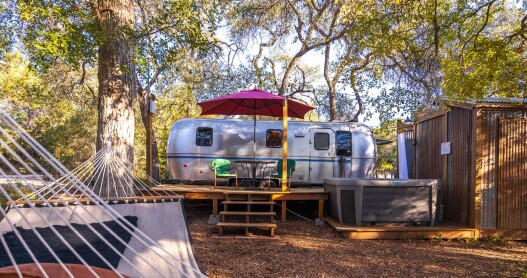Overview
Beaches
The waters and wide beaches of the Outer Banks are the main draw for visitors, allowing access to a variety of outdoor activities. Surfing, stand-up paddleboarding, and kayaking are great ways to get out on the water, and the Outer Banks are a sailor’s paradise. The bountiful waters are also great for fishing, whether you’re casting your line from shore or heading out to the Atlantic for some world-class deep-sea fishing. Landlubbers will find plenty of outdoor activities, too, from hiking through maritime forests to climbing the East Coast’s tallest sand dune; more adventurous souls can take to the air on a hang glider for a bird’s eye view of the Outer Banks.
History
The Outer Banks has played a pivotal role in the history of the United States, from the settlement of Sir Walter Raleigh’s Lost Colony in 1587 to the Wright brothers’ first flight in 1903. Discover the fascinating stories of English colonists, marauding pirates, devastating shipwrecks, and the birth of aviation. The Outer Banks celebrates its historic roots and traditions, and museums throughout the islands—such as the Wright Brothers National Memorial and the Frisco Native American Museum—are eager to share the rich history of the area with curious visitors; the Outer Banks’ storied shores are sure to please any history buff.
Food and drink to try in Outer Banks
Restaurants in the Outer Banks take pride in serving the freshest seafood, and you can find everything from simple steamed clams to modern gourmet delicacies. Taste the Outer Banks’ Southern culinary roots with comforting homestyle dishes like shrimp and grits or succulent crispy fried chicken, or explore exciting neo-Southern and farm-to-table cuisine from top chefs at restaurants such as The Blue Point and The Colington Cafe. Finally, no visit is complete without sampling some delectable North Carolina–style barbecue, washed down with a glass of sweet tea. High Cotton NC BBQ in Kitty Hawk is an excellent choice.
Culture in Outer Banks
Unsurprisingly, life on the Outer Banks revolves around the ocean. Small fishing villages along the coast gave birth to a proud seafaring tradition that still exists today. The natural beauty of the coast provides inspiration for a variety of local and nationally acclaimed artists. Be sure to attend one of the many cultural, culinary, and historic events that take place throughout the year. Enjoy sampling dishes from over 35 restaurants during the annual Outer Banks Taste of the Beach, which is held each March. New World Festival of the Arts, held in August, displays work from over 80 artists.
Practical Information
Summer is the most popular time to visit the Outer Banks and can be quite busy; plan for the heaviest traffic on Saturdays. The crowds thin out for the spring and fall, though the temperatures remain pleasant. Winter is quiet, with some shops and activities closed, but is a great time to visit if you’re looking for peace and solitude. Hurricane season runs from June to November and can bring severe weather to the area; visitors should be aware of and follow all public safety warnings. The Outer Banks is easily accessible from Norfolk International Airport (around 80 miles to the north) or Raleigh-Durham International Airport (around 200 miles west); a car is essential for exploring all the area has to offer.











